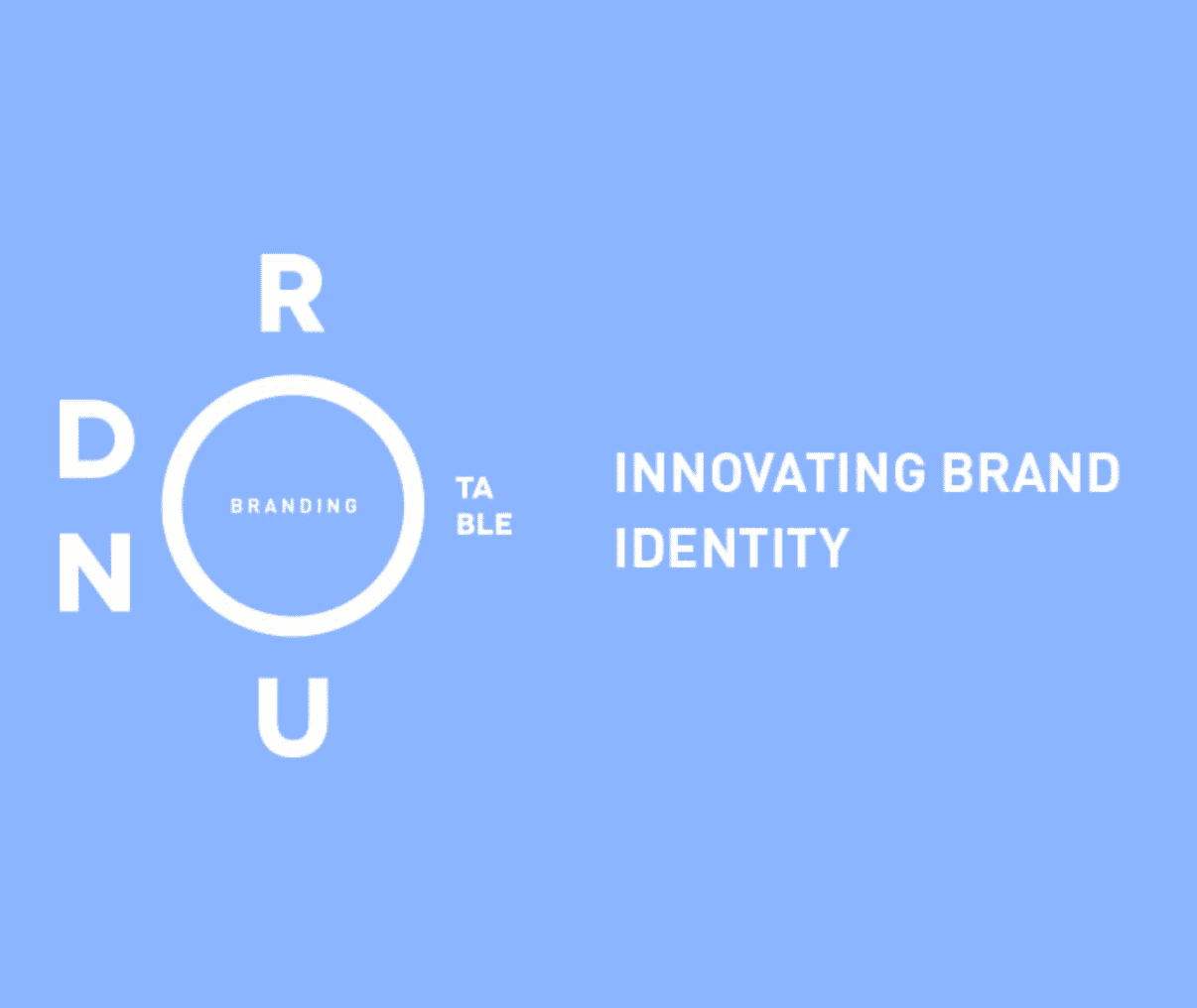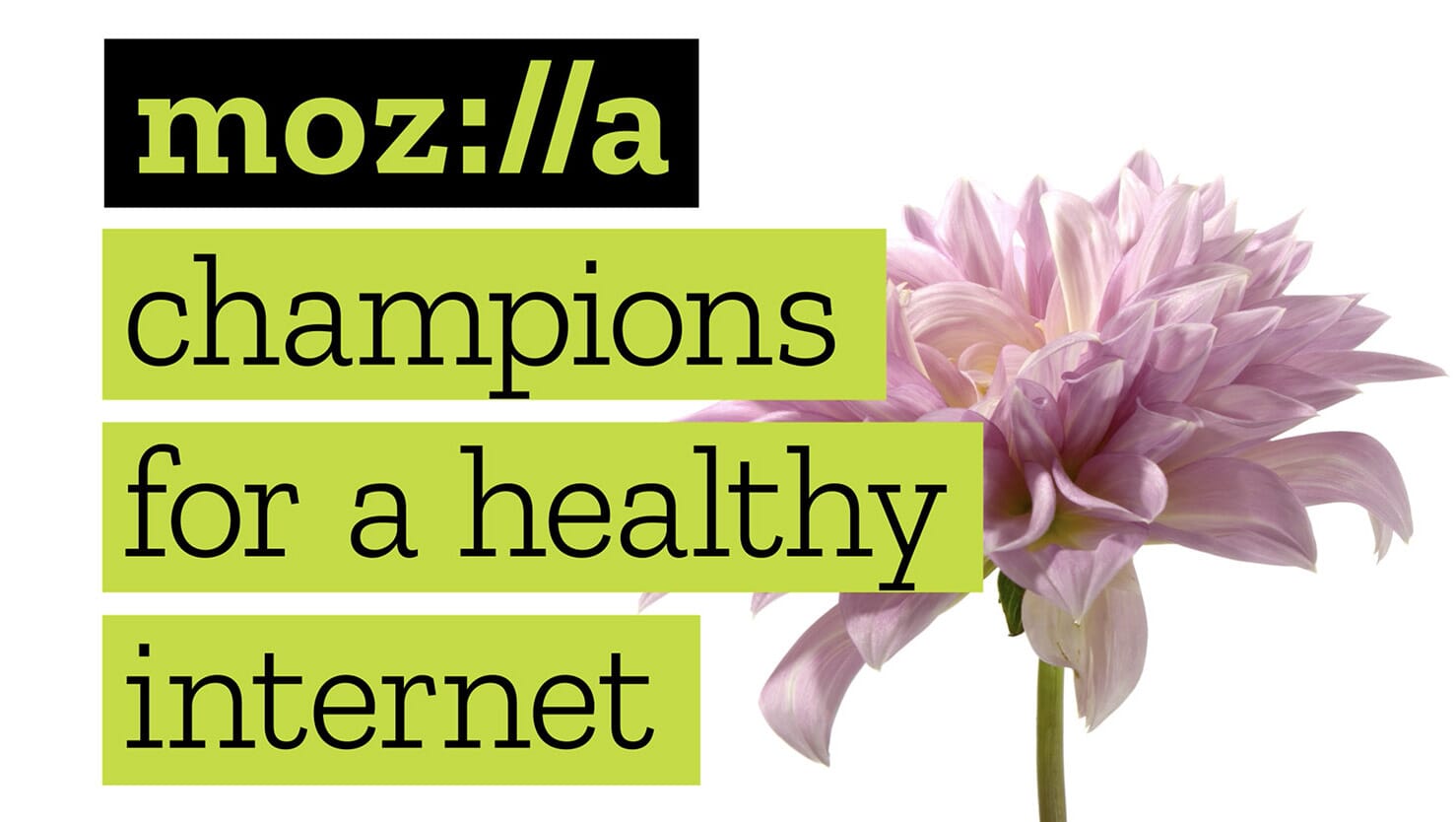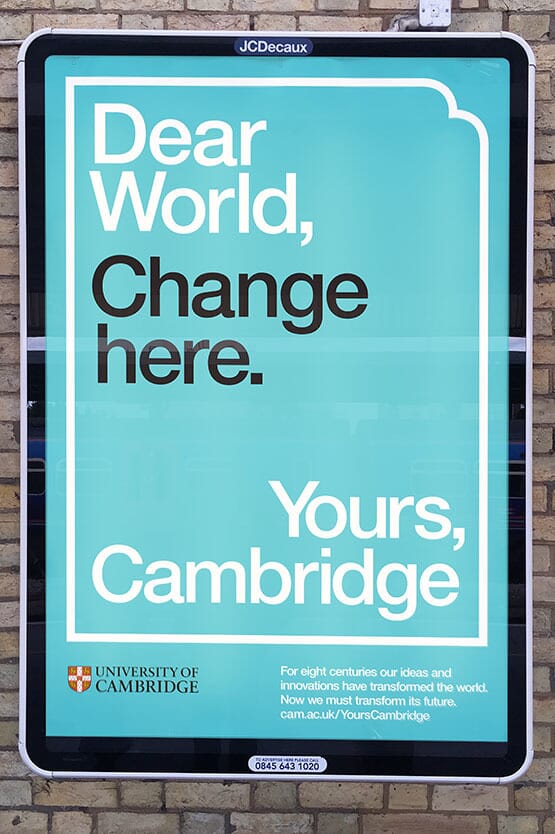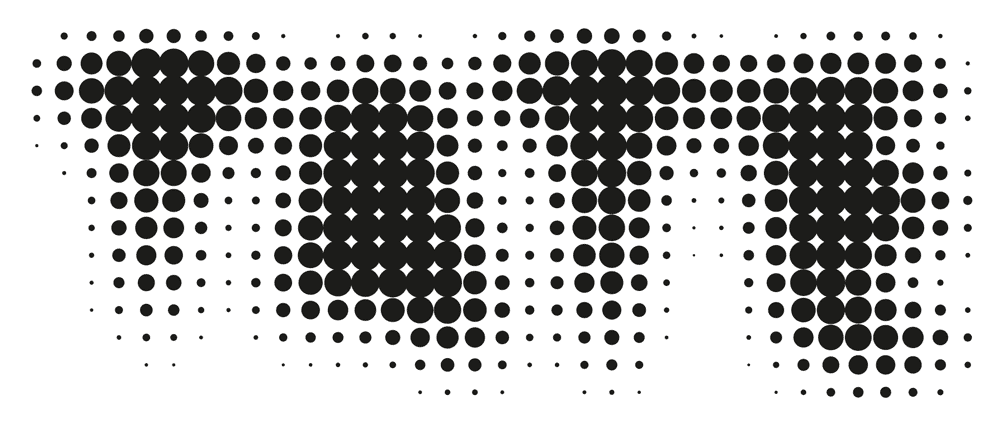

Johnson banks’ Creative Director Michael Johnson was recently asked a serious of questions as part of the ‘Branding Round Table’. His answers were then incorporated with those from Kelly Bjork, Design Director for IDEO in Chicago, Mathias Rabiot, Jérémie Fesson, CEOs, Co-Founders and Creative Directors at Graphéine in Paris and Sean Thomas, Creative Director, jones knowles ritchie in London.
His answers are repeated below, and you can go here to download the full pdf.
First of all, how do you define “identity,” in terms of its components and purpose for a brand?
To make things clearer for me, my clients and my colleagues, we’ve adopted ‘brand identity’ as the term for the visual aspects of a project – the logos, symbols, colours, photographic style, typography, etcetera. This helps us then talk about ‘branding’ in the broadest sense – so all the verbal and visual aspects of how a company or organisation is seen, heard and perceived.
What do you consider to be the biggest current challenges and/or opportunities in creating effective brand identities?
Now that branding’s true power is finally being understood in the boardroom, the biggest challenge for us is to find an idea that is wide enough to resonate, then stay in control of it once it is unleashed. This, of course is also an opportunity – have a great central, organising thought and it can now be adopted almost overnight whilst, in turn, having a huge effect on an organisation’s strategy. That’s both scary and satisfying in equal measure.
Brands and their identities have often been (mis)perceived as just logos, and as such, seen to be the purview solely of graphic designers. But who are – or should be – the primary drivers in developing identity today?
Despite having spent the last decade demonstrating that brands are way, way more than just logos, we still find ourselves having to explain this. In our case we talk constantly about defining the brand before designing the brand, so that narrative and strategy must come first, then its design and a suitable ‘design toolkit’ will follow. Most of our clients get it – the general public are taking a little longer to pick this up. Although, of course, they are perfectly capable of recognising parts of a brand’s toolkit (Adidas’s stripes, Coke’s swoosh, Innocent’s tone of voice, etc)

Co-creation has been a hot topic for some time. Where (if anywhere) do you see the customer or other co-creators fitting in to brand identity development?
If you mean co-creation as something as done in conjunction with a client team, rather than the traditional ‘them and us’ stand-off, well we dropped that years ago. It just created too many arguments – and – I found my clients were just as likely to have great ideas as we were.
If you mean co-creation in terms of end-consumers, customers and UGC, well we’ve just come out of a 10 month experiment where we rebranded Mozilla in the open. We published every stage of the process from narrative through design and development, inviting commentary and critique at every stage. 3,000 blog comments later we’ve just emerged unscathed, with an engaged and excited Mozillian community broadly supporting their identity change, not pillorying it online. I wouldn’t do it with every client, no, but it was a very interesting way to work and we learned a lot.

Do identity systems, and their brand-book definitions, still work (even if no longer bound into books)? If not, what have you, or would you like to, develop to replace them?
I think that many of the principles of traditional ’identity’ still hold (the value of a great logo or symbol, unique typography, ‘ownable’ colourways and visual assets), but the old process by which a designer was briefed and then immediately designed logos is now hopelessly outdated.
Virtually every project we do now commences with research, then narrative, before a single symbol is sketched out. It seems lunatic to start designing before any sense of who, what or why has been defined, and crucially, any clear sense of purpose has been decided. Conversely, the ‘strategic’ side of design consultancy that has for decades strangled creativity must wake up and smell the creative coffee – both sides of the equation must be good, not just one or the other.

What do you make of the so-called “living logos” created to date, such as those for the Whitney Museum and Seagate? Are they true identity innovations, or simply logos amplified into communication vehicles via animation and other techniques?
I think flexible, mutable, living identities can be a powerful expression for certain types of brand if done well, and well managed. If the organisation being branded is constantly changing and adapting, then they are almost perfect. Their downside is if they are misunderstood or misused – then they have the power to do as much harm as good. Having been at the vanguard of ‘flexible’ schemes for a decade, I’ve now learned to balance flexibility with really strong core elements – and not to foist flexibility on a client who doesn’t need it or have the design firepower or budget to do it justice.

Please briefly describe your identity development process – and, since we’re talking innovation, how you hope to evolve or improve it.
I’ve recently recorded our 5 step process in my book, Branding: In Five and Half Steps. So, research, then strategy and narrative, then design, implementation and finally engagement. The half step concerns the blur between strategy and design, that hard-to-define ‘bit’ where one can influence the other – and – done well – enhance each other.
This is the process that we normally follow – although we’ve found that we’ve had to increasingly merge Steps 2 and 3 (strategy and design) more recently – doing multiple scenarios that entail both strategy and design, in parallel. A tough way to work, but an approach that results in final choices that are more rounded that just ‘I like this this one’. By forcing strategy and design to co-exist, the final route chosen becomes a far more considered decision.

Can you give us an example or two of what you consider to be truly innovative approaches to identity currently in the marketplace, and describe what makes them so?
I’d nominate our Mozilla work – perhaps not so much for the final scheme but for its innovative process and back story. People talk about our work for Acumen as being very influential in the way it merges a written manifesto into a brand identity. I’d also like to think that our ‘Dear World… Yours, Cambridge’ brand campaign has changed the way that the educational sector thinks about its impact on the world, and its impact on the future.
Outside of our work, the fact that British consultancy North has just done two major schemes for the Tate and the Co-op by either NOT changing the logo, or even reverting to an old and discarded one, is very intriguing. Perhaps the profession is finally growing up enough to recognise that the appointment of a design consultant needn’t always culminate in change.

Our thanks to Chuck Kent and the Branding Round Table for asking for our input.